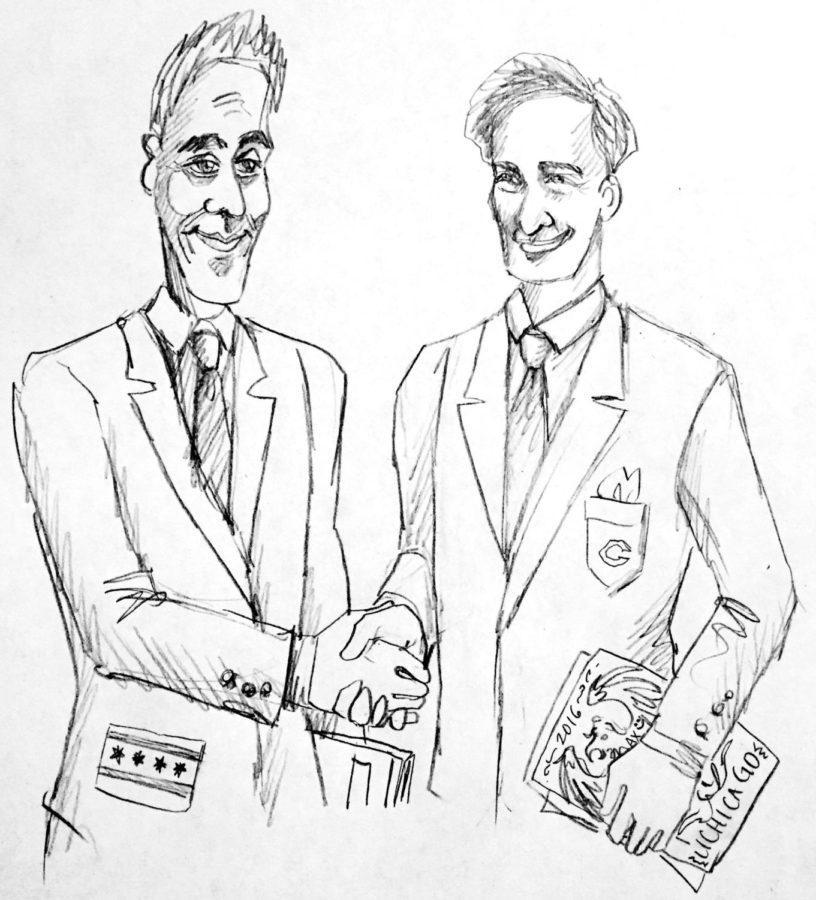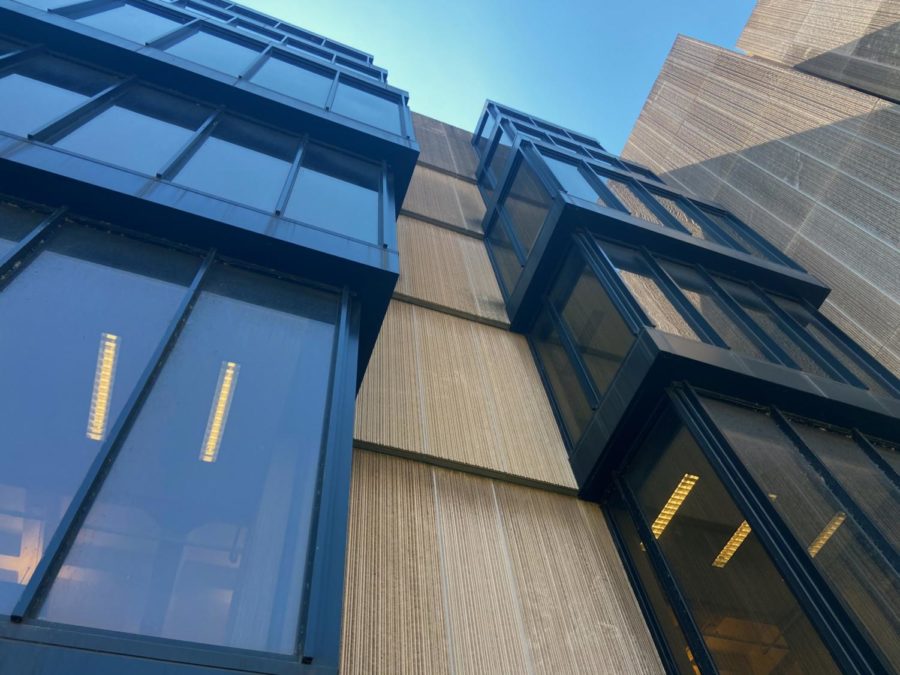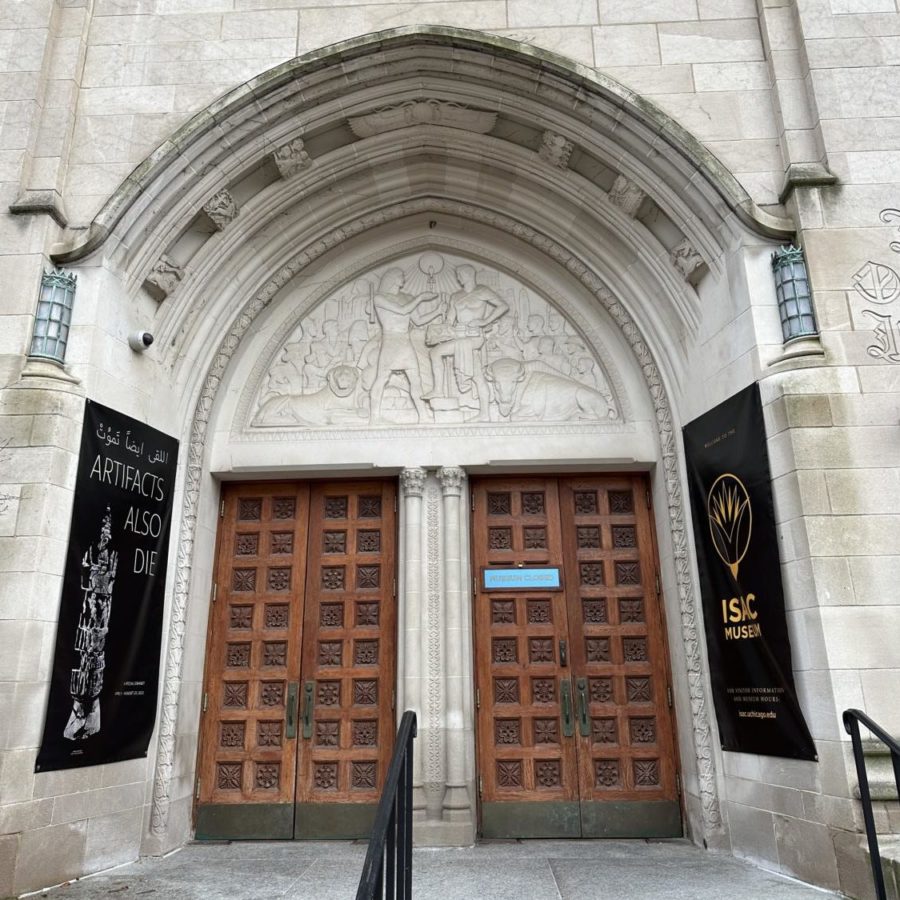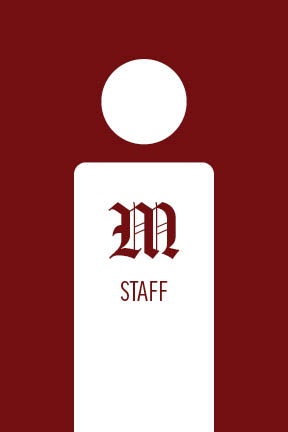On Saturday the University and the City of Chicago signed a Memorandum of Understanding (MOU). The non-binding MOU, which the city of Chicago signed with seven other local universities, renews a 2011 agreement between the city and the University. We applaud the University’s commitment to the surrounding community and encourage the University to listen to it as it enacts the MOU.
The 2011 MOU, in which the University committed 1.7 billion to existing development and new projects in Hyde Park, led to efforts to improve Metra, to expand the University of Chicago Police Department (UCPD) patrol area, and to a University position tasked with job creation. The 2015 MOU, in which the University will commit $750 million over the next three years, will continue to improve Metra in the neighborhood, expand education initiatives, and develop the Garfield Boulevard corridor and other corridors on the mid-South side.
The MOU embodies the work of the civic engagement office since the then vice president for civic engagement, Derek Douglas, arrived at the University in 2012. Douglas created the target area of the mid-South side, defining it as Hyde Park, Kenwood, Oakland, Douglas, Grand Boulevard, Washington Park, Greater Grand Crossing, Woodlawn, and South Shore. While the University’s involvement with the community is not perfect—displacing business to make way for Harper Court to fighting over parkland for the Obama Library and continued questions about racial profiling by the UCPD—the University is clearly making an effort to invest and engage with the communities around it.
It is important to put the University’s recent civic engagement policy into its historical context. Throughout its history the University frequently used real estate to gain and leverage influence, a practice that plays a role in its relationship with the neighborhood and the city. The University’s history of racial segregation spans decades, creating the South East Chicago Commission in 1952 to lead its urban renewal plan. As ugly as this history is, it shows the sharp shift the University has made in recent years.
We commend the University’s efforts to contribute to the community in a positive way through the new MOU. We urge the University to listen to the community as it shapes its policies so that its effect can be as meaningful as possible.
–The Maroon Editorial Board











